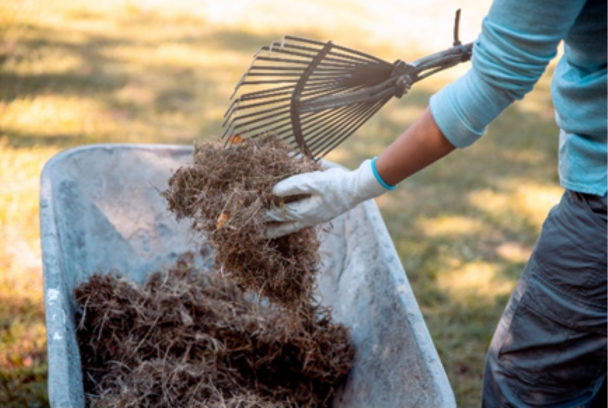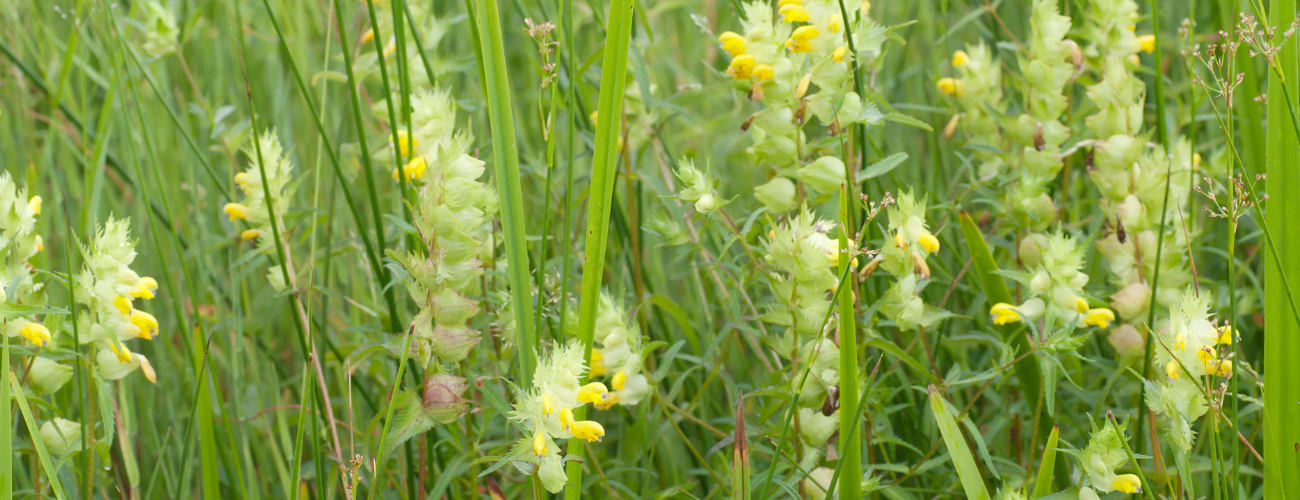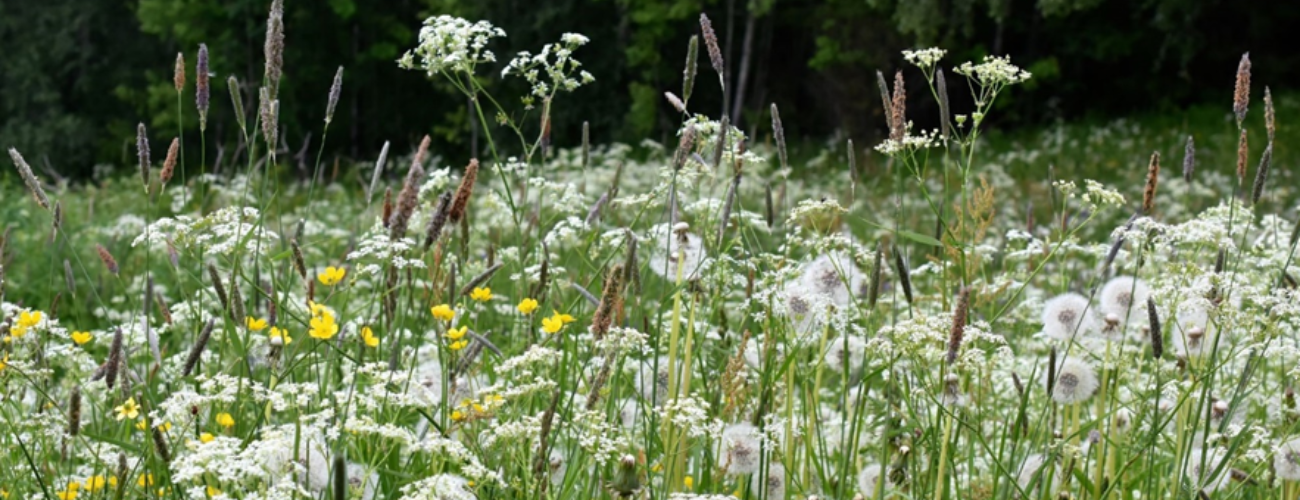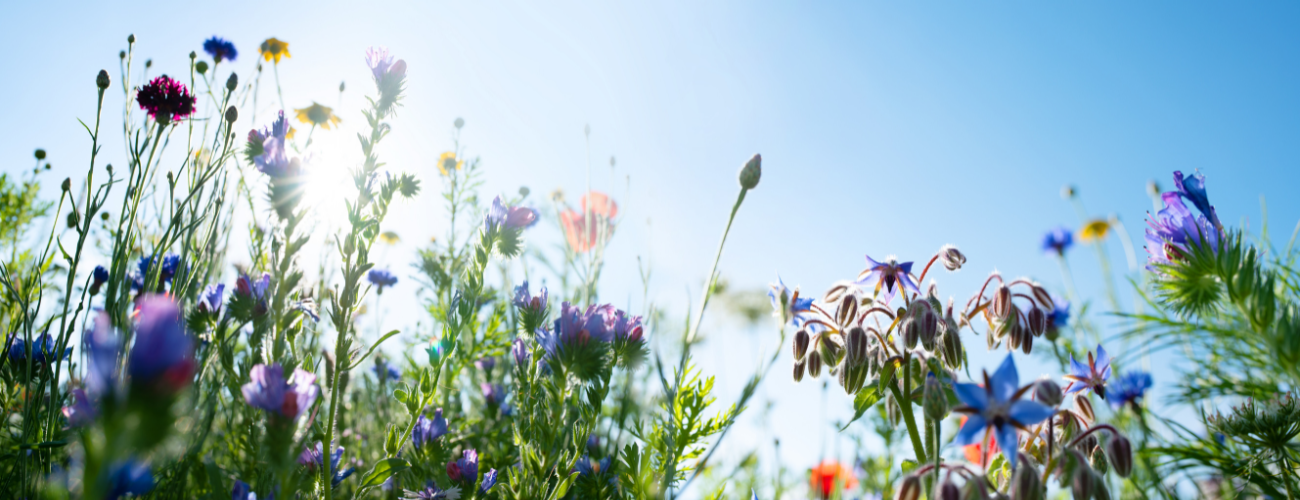Lush neatly trimmed lawns are very traditional. They make a wonderful contrast to colourful flower beds and are great for kids to play on. It can be a lot of hard work to keep lawns looking good, especially through spring and summer. If a relaxed, wildlife friendly meadow is more your cup of tea, here are some tips to turn your lawn into a meadow.
Wildflower meadows don’t need to be large and take up the whole lawn. A small area will fit into most gardens easily and will give your garden a more natural, relaxed feel. It will also encourage pollinating insects and other wildlife. You can mow paths through larger areas for access.

The easiest option is to stop mowing. Allow the grass to grow long and any wildflowers present will be able to come through. These will likely be wildflowers like daisies and dandelions that we previously called weeds. The grasses themselves will also flower and produce attractive seed heads. You can even plant wildflower plugs and spring bulbs throughout your lawn to add more flower power. No Mow May is a campaign by Plantlife to leave lawns uncut for the month of May, allowing grass and wildflowers to grow. You can return to mowing in June or leave it uncut until August. Leaving it until later will encourage greater diversity and allow annual flowers to set seed for the following year. It’s an easy way to use your existing garden to provide even more wildlife benefits.

To create a true meadow providing pollen, nectar and shelter for insects and other wildlife takes a little more effort. They can take a couple of years to establish. If you want to go down this route, stop feeding your lawn. High nutrient levels will allow grasses to dominate. Every time you cut or mow remove the clippings. The soil fertility will gradually decrease over several years allowing wildflowers to thrive.


To make a start in spring, mow the lawn as short as possible. Remove as much grass as you can and scuff the surface of the soil with a rake. Combine your chosen meadow seed mix with sand. This helps to distribute the fine seeds more evenly, and you can see where you have been. The best mixes include Yellow Rattle (Rhinanthus minor) which actively reduces the vigour of grasses, allowing room for more delicate plants to thrive. Yellow Rattle is often known as the ‘Meadow Maker’. Scatter your seed sand mix across the area and water in. Then put your mower away until late August and get on with all the other things you want to do.

It may take a couple of years before your meadow is properly established. In the meantime you can plant wildflower plugs to help it along. You will be astonished at the number of pollinators you see, even in the first year. In late summer after the flowers have set seed, cut your meadow down. Remove the clippings and seed again if necessary.


Individual Packets of wildflower seeds are available in store or online.
By our resident horticultural expert











